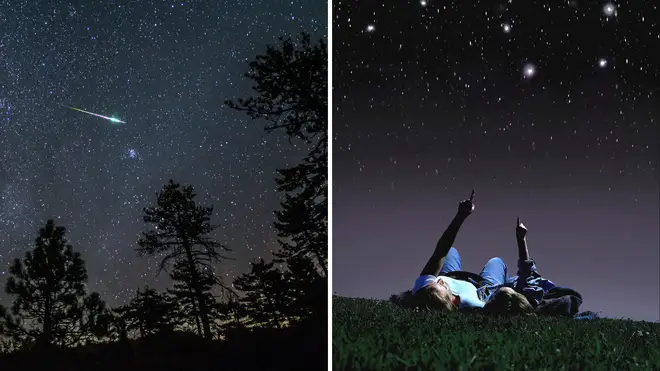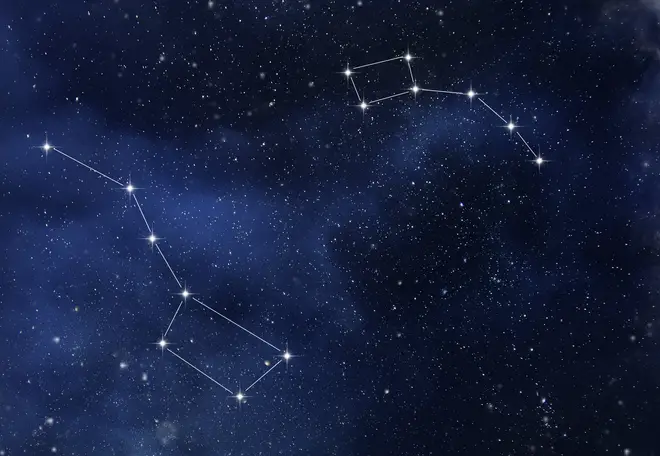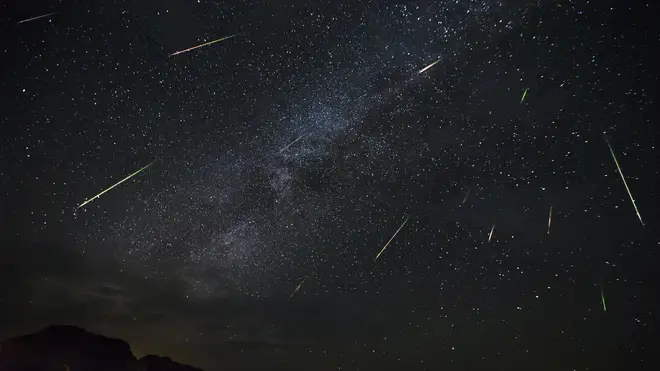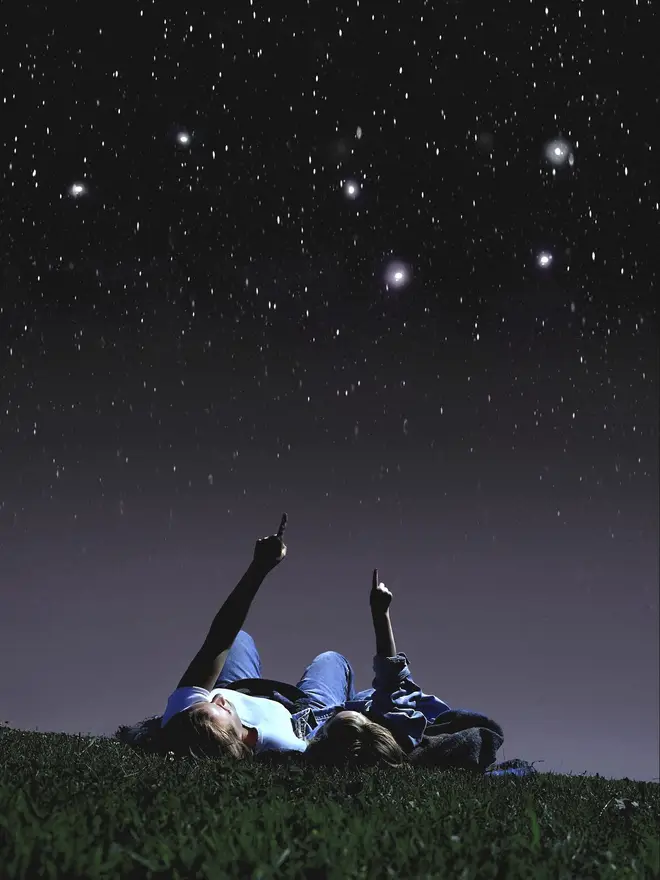Here's how you can watch the Ursid Meteor Shower tonight
22 December 2021, 11:32

People looking up at the skies during the peak of the Ursid Meteor Shower may see up to ten shooting stars per hour.
Listen to this article
The UK will be treated to a stunning display this week as the Ursid Meteor Shower takes place.
According to experts, people who are in the right spot at the right time may even be able to see up to 10 shooting stars per hour.
If you want the best chance of spotting the Ursid Meteor Shower, you're best to head outside during peak times, which runs from today (December 22) to December 23.
The Ursid Meteor Shower happens every year between December 17 until December 26, which means that if you miss the peak you may still be lucky enough to spot a shooting star between these dates.
- Venus may have alien 'lifeforms in its clouds', scientists suggest
- Will we have a white Christmas this year?
- This is the optimal room temperature, according to science

It has been reported that the best time to go stargazing is a little after midnight.
And there's no need to worry about binoculars as the Ursid Meteor Shower can be seen with the naked eye.

The Greenwich Royal Observatory recommend people head out to a space with as little light pollution as possible for the best view.
They add that hunting for meteors is a "waiting game", and so recommend you take a chair and wrap up in warm clothing as you may be outside for a while.

The Ursid Meteor Shower is caused by dust particles left behind by the comet 8P/Tuttle.
The name of the shower comes from the constellation called Ursa Minor, where it radiates from.
For more information, visit the Royal Observatory Greenwich's website here.
































